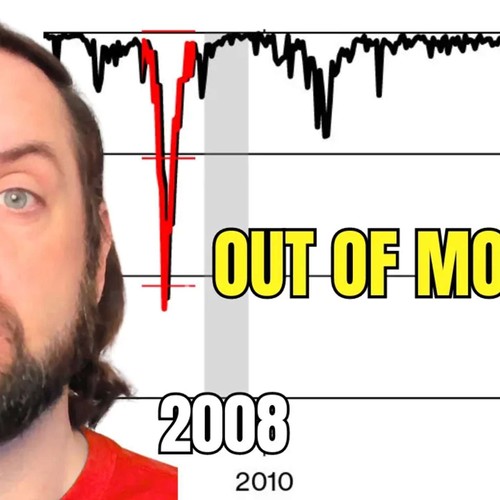
 Eurodollar University
Eurodollar University Consumers Have NO MORE Savings...
Sep 2, 2024
Steve Van Metre, an expert in economic trends and personal finance, discusses the alarming drop in U.S. consumer savings to just 2.9%. He explains how this decline signals a potential economic downturn and raises concerns about consumer spending and job insecurity. Businesses face challenges in workforce retention and inventory management as consumers become increasingly anxious about their financial futures. Van Metre also addresses the impact of rate cuts on economic stability amidst these troubling trends.
Chapters
Transcript
Episode notes
